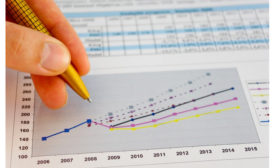Real Time Statistical Process Control
With 50 years of leading data analysis and process management, why trust your process monitoring with anyone else?
ARTICLES
Sponsored Content
5 Ways Minitab Real-Time SPC Transforms Quality Management
March 15, 2024
Get our new eMagazine delivered to your inbox every month.
Stay in the know with Quality’s comprehensive coverage of the manufacturing and metrology industries.
SIGN UP TODAY!Copyright ©2024. All Rights Reserved BNP Media.
Design, CMS, Hosting & Web Development :: ePublishing









